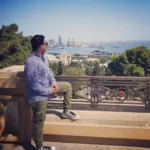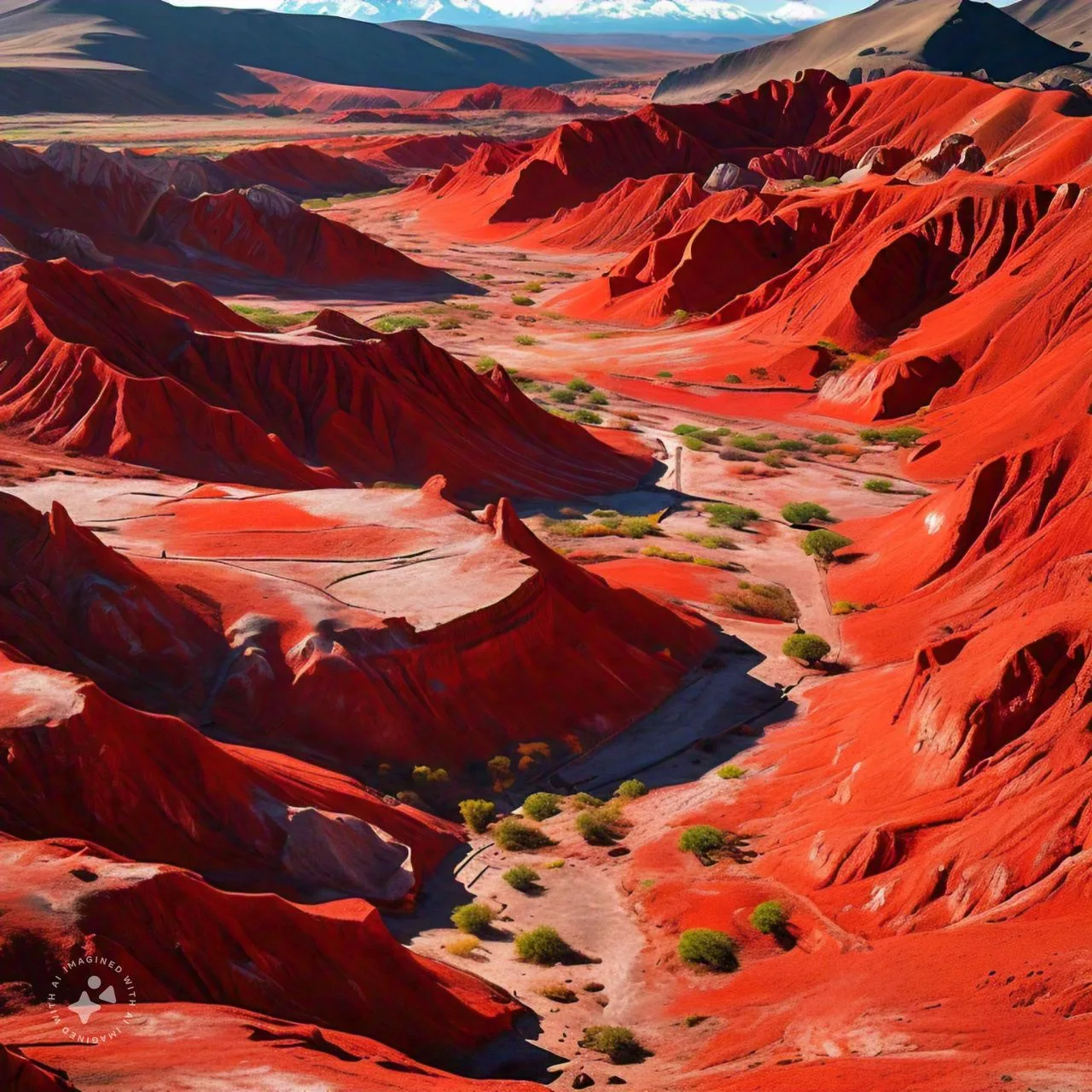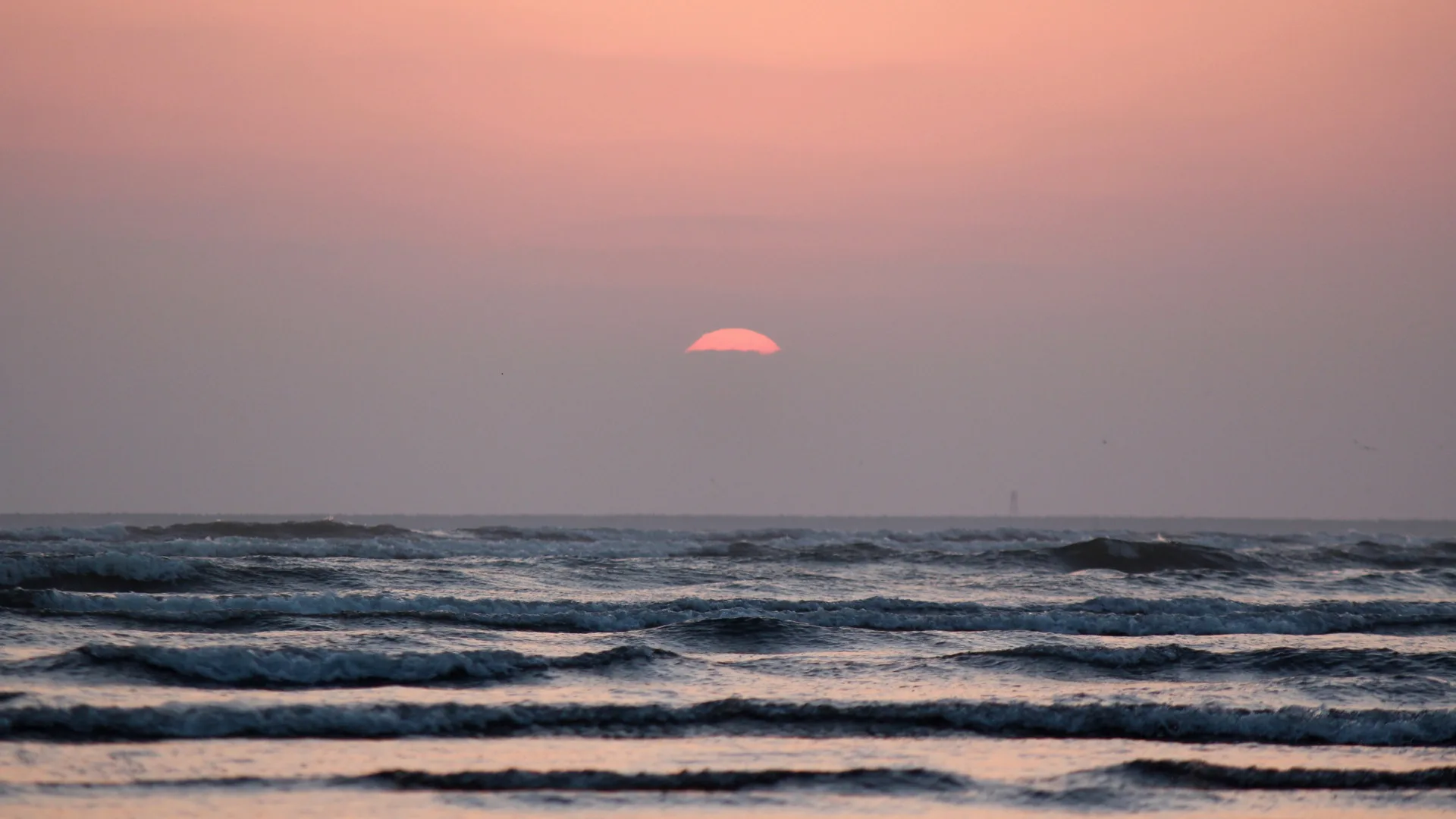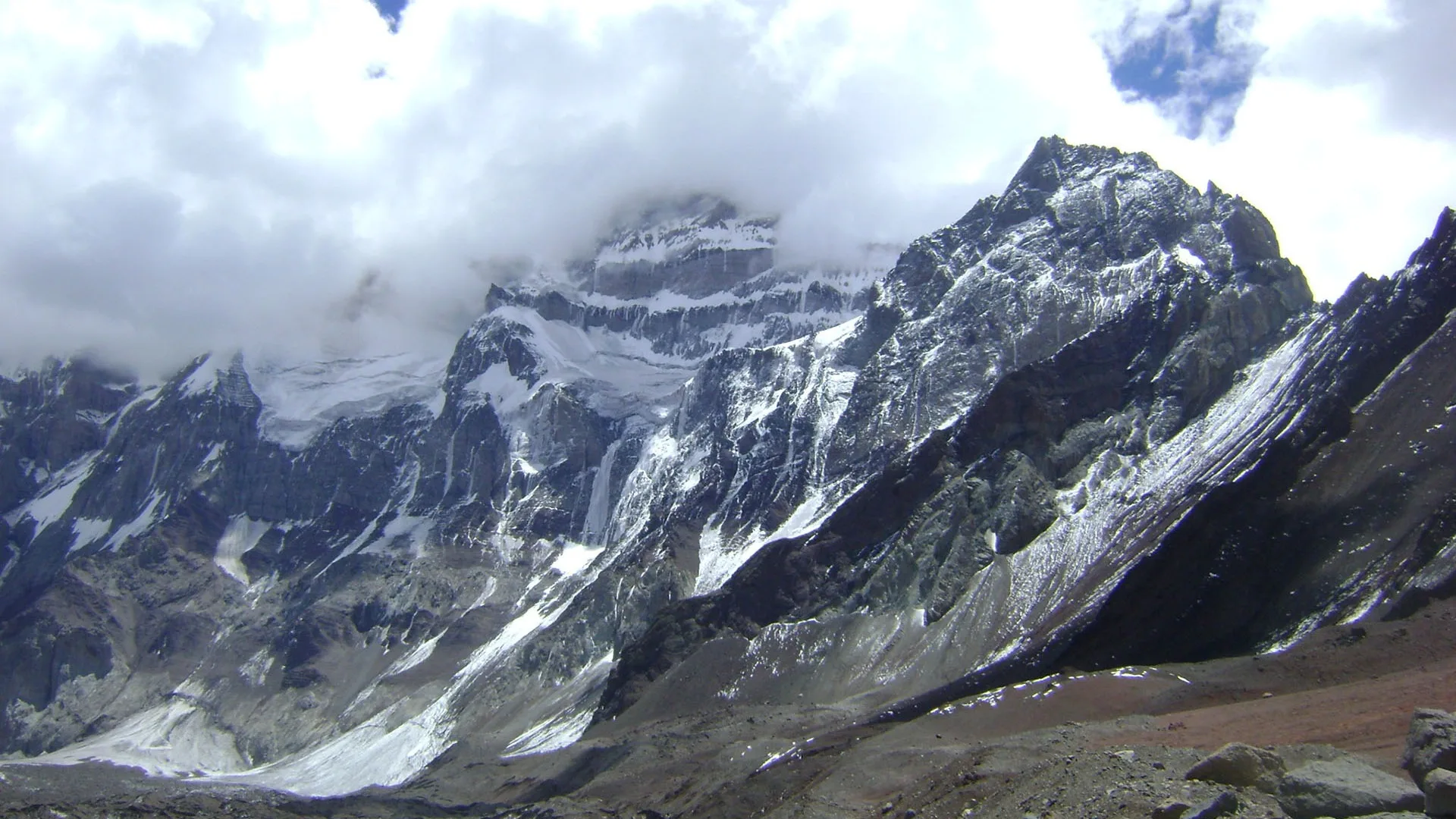The Red Valley of Peru, locally known as “Valle Rojo,” is one of the most mesmerizing and relatively undiscovered natural wonders in the Andean region. Located near the famous Vinicunca Mountain, often referred to as Rainbow Mountain, the Red Valley is a hidden gem that offers breathtaking views, rich cultural experiences, and a peaceful retreat from the more touristy paths. For adventurers seeking to explore Peru beyond its most famous attractions, the Red Valley provides a unique and unforgettable experience. This guide will take you through the allure of the Red Valley Peru, the journey to get there, and what makes it a must-visit destination.
Table of Contents
What Makes the Red Valley in Peru So Special?
The Red Valley is renowned for its striking landscape, dominated by hills and valleys of intense red hues. These vibrant colors are the result of the area’s unique mineral composition, particularly the high iron oxide content in the soil. This geological phenomenon creates a surreal, almost Martian landscape that contrasts sharply with the surrounding Andean scenery of snow-capped peaks and lush green pastures. Unlike the more famous Rainbow Mountain, which is known for its multi-colored stripes, the Red Valley is characterized by a more uniform, yet equally stunning, red terrain.
The Journey to the Red Valley: An Off-the-Beaten-Path Adventure
Visiting the Red Valley is often combined with a trek to Rainbow Mountain, but it offers a more secluded and tranquil experience. The journey begins in the small town of Cusipata or Pitumarca, from where most tours to Rainbow Mountain and the Red Valley depart. The trek to the Red Valley is a moderate hike that requires a reasonable level of fitness, as it involves walking at high altitudes, often above 4,500 meters (14,760 feet).
The path to the Red Valley typically branches off from the main Rainbow Mountain trail. After reaching the summit of Vinicunca, where most tourists stop to take in the view, those headed for the Red Valley continue along a less-traveled route. The hike to the Red Valley adds an additional hour or two to your journey but rewards you with a quieter, more intimate experience of the Andean wilderness.
Vinicunca Mountain: The Gateway to the Red Valley
Before delving into the Red Valley, most visitors first conquer Vinicunca Mountain, commonly known as Rainbow Mountain. This natural wonder, famous for its vibrant, multi-colored stripes, has quickly become one of Peru’s most iconic landscapes. The colors of the mountain are the result of mineral deposits layered over millions of years. The trek to the summit of Vinicunca is a popular activity, but it can be challenging due to the high altitude. Many tours include both Rainbow Mountain and the Red Valley, offering a comprehensive exploration of this spectacular region.
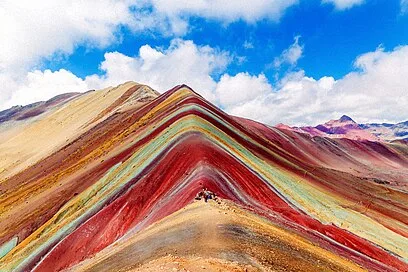
Experiencing the Tranquility of the Red Valley
One of the main appeals of the Red Valley is its relative solitude. While Rainbow Mountain often attracts large crowds, especially during peak tourist season, the Red Valley remains a peaceful haven. Here, the silence is broken only by the occasional sound of the wind or the distant call of an Andean condor. The expansive red landscapes offer plenty of opportunities for reflection and photography, with endless vistas that change dramatically with the shifting light of the day.
The Red Valley is also home to diverse flora and fauna. Visitors may spot wild vicuñas, llamas, and alpacas grazing on the sparse vegetation, or witness the flight of condors soaring above the red hills. The valley’s unique ecosystem is adapted to the harsh conditions of the high Andes, showcasing the resilience and beauty of nature in one of the most extreme environments on Earth.
Cultural Significance of the Red Valley
The Red Valley is not just a natural wonder; it is also a region rich in cultural history. The indigenous Quechua people, who have inhabited the Andes for centuries, hold this land as sacred. Their traditional way of life, deeply connected to the natural world, is still evident in the small communities scattered throughout the region. Visitors to the Red Valley often have the opportunity to interact with local Quechua villagers, who may share their knowledge of the land, their customs, and their artisanal crafts.
In recent years, there has been a growing effort to promote sustainable tourism in the Red Valley and surrounding areas. Local communities are increasingly involved in guiding visitors, offering homestays, and selling handmade goods. This approach not only helps preserve the environment but also supports the local economy and keeps cultural traditions alive.
Best Time to Visit the Red Valley
Timing your visit to the Red Valley is crucial for the best experience. The ideal time to explore the Red Valley is during the dry season, which runs from May to September. During these months, the weather is generally more stable, with clear skies and less rainfall, making the trails more accessible. However, even in the dry season, temperatures can drop significantly, especially at night and early in the morning, so it’s essential to be prepared with appropriate clothing.
Visiting during the shoulder months of April or October can also be rewarding, as there are fewer tourists, and the weather can still be favorable. The wet season, from November to March, brings more rain, which can make the trails muddy and less enjoyable. However, the increased rainfall can enhance the colors of the landscape, creating a different, yet equally beautiful, experience.
Practical Tips for Exploring the Red Valley
- Acclimatization: Given the high altitude of the Red Valley, acclimatization is key to avoiding altitude sickness. Spend a few days in Cusco or another high-altitude location before embarking on your trek. Hydration, a gradual ascent, and avoiding alcohol can help mitigate the effects of altitude.
- Physical Fitness: The trek to the Red Valley is moderate but demanding due to the altitude. A reasonable level of fitness is required, and it’s advisable to prepare with some cardiovascular training and hiking in advance.
- Guides and Tours: While it is possible to visit the Red Valley independently, hiring a guide or joining a tour is recommended. Guides provide valuable knowledge about the area’s geology, history, and culture, and they can help ensure your safety on the trail.
- Packing Essentials: Bring warm, layered clothing, a rain jacket, sunscreen, sunglasses, a hat, and plenty of water. Snacks and energy bars are also useful for keeping up your energy during the hike. Don’t forget your camera – the Red Valley offers countless opportunities for stunning photographs.
- Respect Local Culture: The Red Valley is home to indigenous communities, so it’s important to respect their customs and environment. Always ask for permission before taking photographs of people, and avoid leaving any waste behind.
FAQs
What is the Red Valley in Peru?
The Red Valley, or Valle Rojo, is a striking natural landscape near Vinicunca Mountain (Rainbow Mountain) in Peru, known for its vibrant red hills and valleys.
How do I get to the Red Valley?
The Red Valley is typically accessed via a trek that begins from towns like Cusipata or Pitumarca, often as an extension of a visit to Rainbow Mountain.
Is the trek to the Red Valley difficult?
The trek is considered moderate but challenging due to the high altitude. A reasonable level of fitness and proper acclimatization are important.
What is the best time of year to visit the Red Valley?
The best time to visit is during the dry season, from May to September, when the weather is more stable, and the trails are in better condition.
Can I visit the Red Valley without a guide?
While it is possible to visit independently, hiring a guide or joining a tour is recommended for safety and to enhance the experience.
What should I bring on a trek to the Red Valley?
Essential items include layered clothing, a rain jacket, sunscreen, sunglasses, water, snacks, and a camera. Proper hiking boots are also important.
Also Read- Mountain Ranges in Peru
Conclusion
The Red Valley of Peru is a hidden treasure that offers a unique and serene alternative to the more crowded tourist destinations in the Andes. Its striking red landscapes, cultural richness, and the opportunity for solitude in nature make it a must-visit for anyone exploring this incredible region. Whether you’re a seasoned trekker or a casual traveler looking for an unforgettable experience, the Red Valley will leave you with memories of one of the most beautiful and unspoiled places on Earth.
